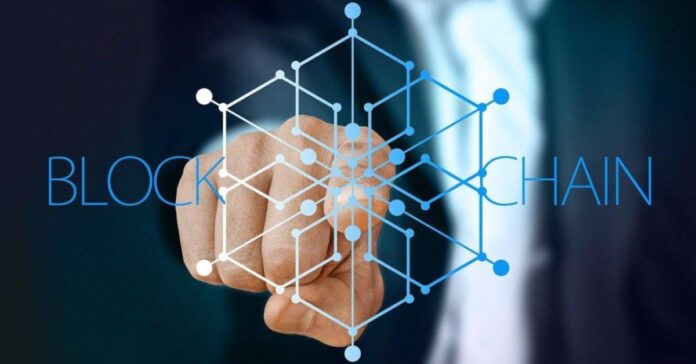With the increasing deployment of blockchain technology globally, testing services are a prerequisite. A rapidly emerging future-defining system focusing on security, transparency, and decentralization will transform finance and supply chain management. However, without suitable testing, the blockchain solutions integrity is jeopardized. Successful blockchain testing services can identify vulnerabilities and optimize performance in compliance with regulatory standards, establishing trust among users and stakeholders.
The Complexity of Blockchain Systems
Blockchain systems are inherently complicated, comprising multiple parts like smart contracts, consensus algorithms, and decentralized applications (dApps). Each one of these components faces challenges. For instance, smart contracts refer to pieces of code that self-execute automatically if certain predefined conditions are satisfied. They may or may not contain hidden bugs responsible for losses of considerable amounts of money if not caught and fixed before launch. That is why comprehensive testing strategies that specifically cater to the needs of blockchain technology are essential.
Types of Blockchain Testing Services
- Functional testing: It ensures that every part of the blockchain is in working condition, based on the requirements set. Transaction procedures, user rights, and smart contract working are tried during this testing. Such tests will help organizations secure the blockchain solution to user needs and regulatory norms.
- Performance testing: The blockchain testing company assesses to what extent a blockchain network can handle load variance. It checks transaction speed, scalability, and response time with different conditions. Most importantly, a blockchain that may not process volumes of transactions would be prone to bottlenecks in business processes.
- Security Testing: As blockchain technology is present in sensitive areas of finance and health, security is paramount. There may be identifiable and possible vulnerabilities- consensus mechanisms can be compromised or breaches of access to data. The penetration testing with vulnerability assessment also ensures that the blockchain is attack-resistant.
- Usability Testing: Blockchain technology is overwhelming for the end-users, mainly those unaware of the underlying principles. UX by usability testing focuses on user experience. It identifies whether interfaces will be intuitive and accessible and ensures these aspects are painless. It is crucial in user adoption because a seamless experience will encourage people and businesses to engage in blockchain solutions.
- Compliance Testing: With a modification of the regulatory landscape, the testing for compliance is vital. It includes ensuring solutions support the industry’s regulatory and standards-compliant needs. While performing compliance testing, companies reduce legal risks and improve market credibility.
The Path Forward: Embracing Blockchain
With the continuous innovation of technology, businesses have welcomed blockchain testing so they do not lag. Partnering with a specialized blockchain testing company lessens risks and speeds time to market. Organizations that invest in appropriate testing enjoy a higher ability to tap into the potential of blockchain technology while offering customers secure, efficient, and innovative solutions.
Dedicated testing services will grow in importance with an increasingly growing blockchain landscape. By testing protocols, organizations can ensure integrity, security, and performance for their blockchain solutions. It opens up the possibility of having a transparent and efficient future and builds confidence in transformative technology. Test the right way and hope for returns in innovative and reliable solutions.
